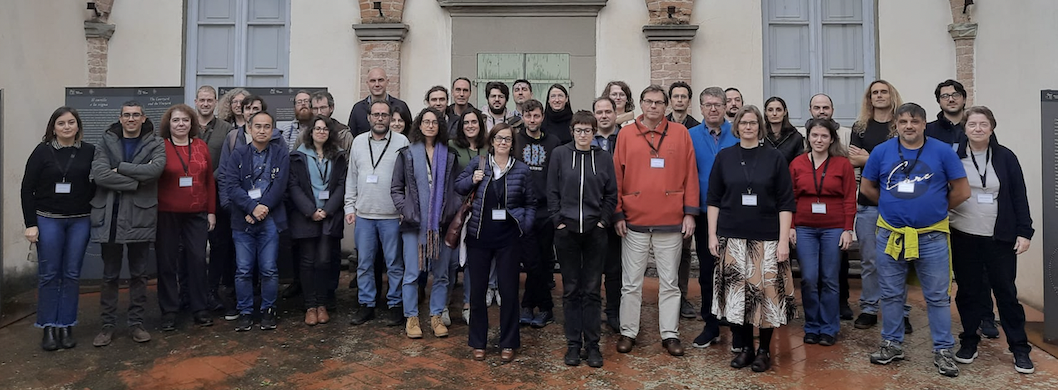Speaker
Description
The stars in a galaxy form in compact embedded star clusters which expand after removal of their residual gas. The subsequent virialisation leads to a fraction of the stars condensing into an open star cluster. The open star cluster dissolves as it orbits in the potential of the hosting galaxy through the energy equipartition process. In the Newtonian gravitational theory, the ensuing tidal tails contain about as many stars in the leading tail as in the trailing tail. In Milgromian gravitation the leading tail is predicted to contain more stars as a result of the non-linearity of this gravitational theory. The observed tidal tails of COIN-Gaia13, Coma Berenices, the Praesepe and the Hyades each contain more stars in the leading tail, implying the validity of Milgromian rather than Newtonian gravitation. I will also touch upon two new methods to assess the ages of open stars clusters using tidal tails from the gas expulsion process and the kissing instability in the interiors of M dwarf stars.

